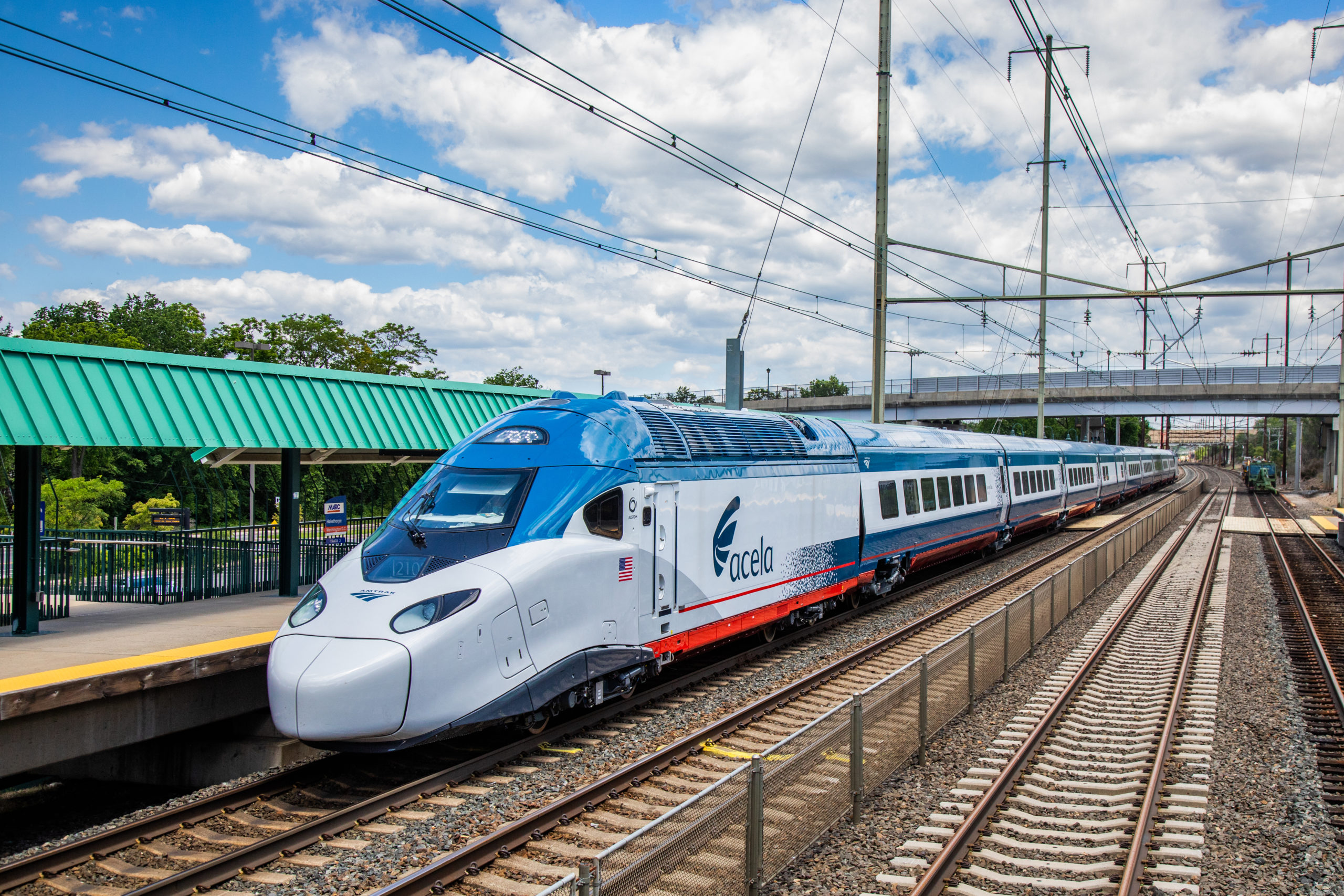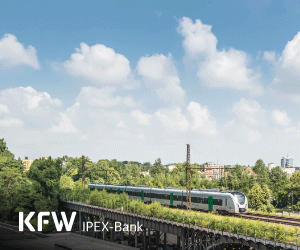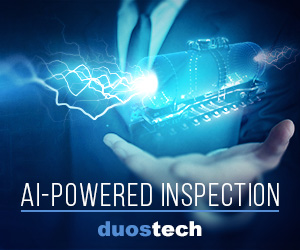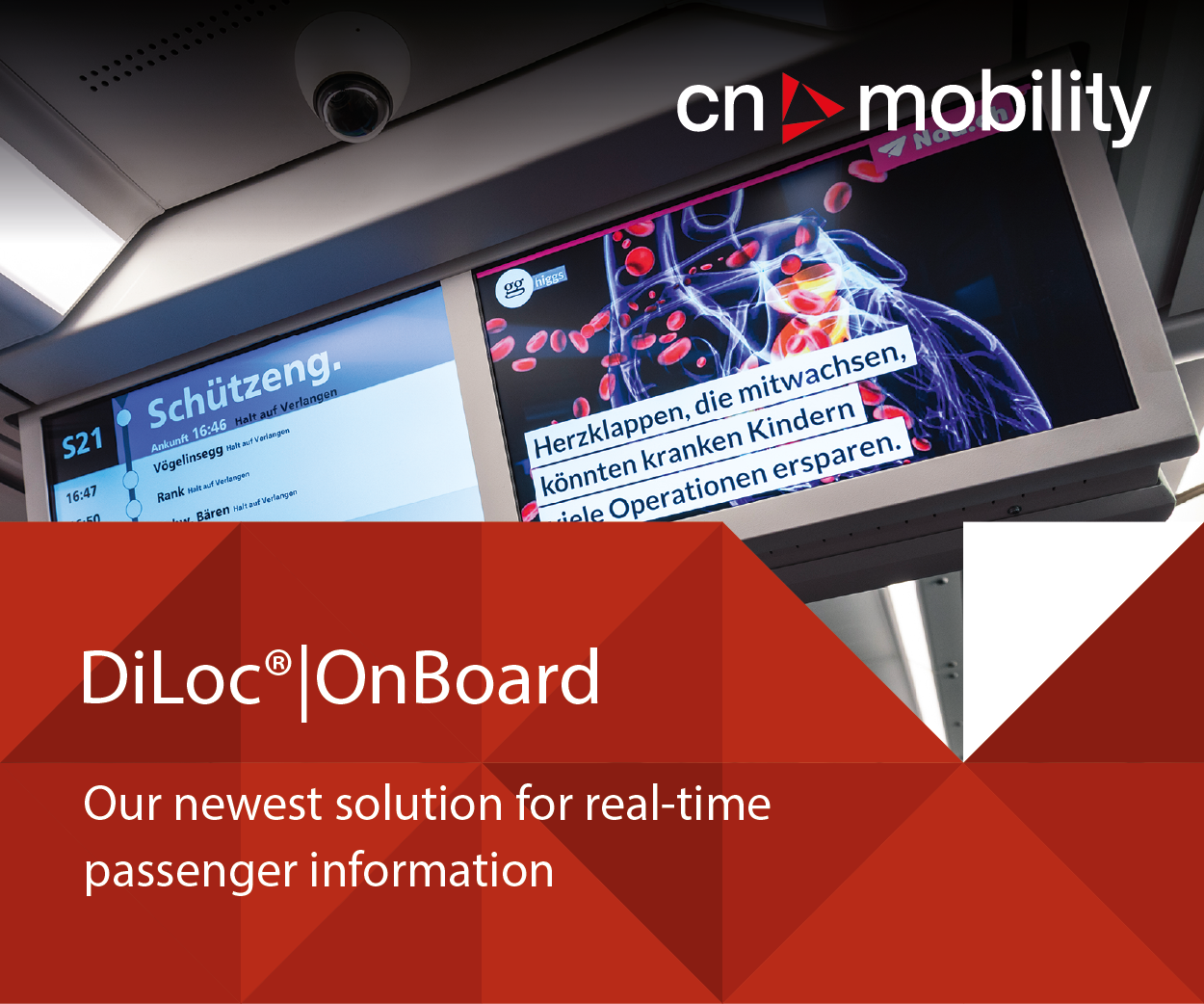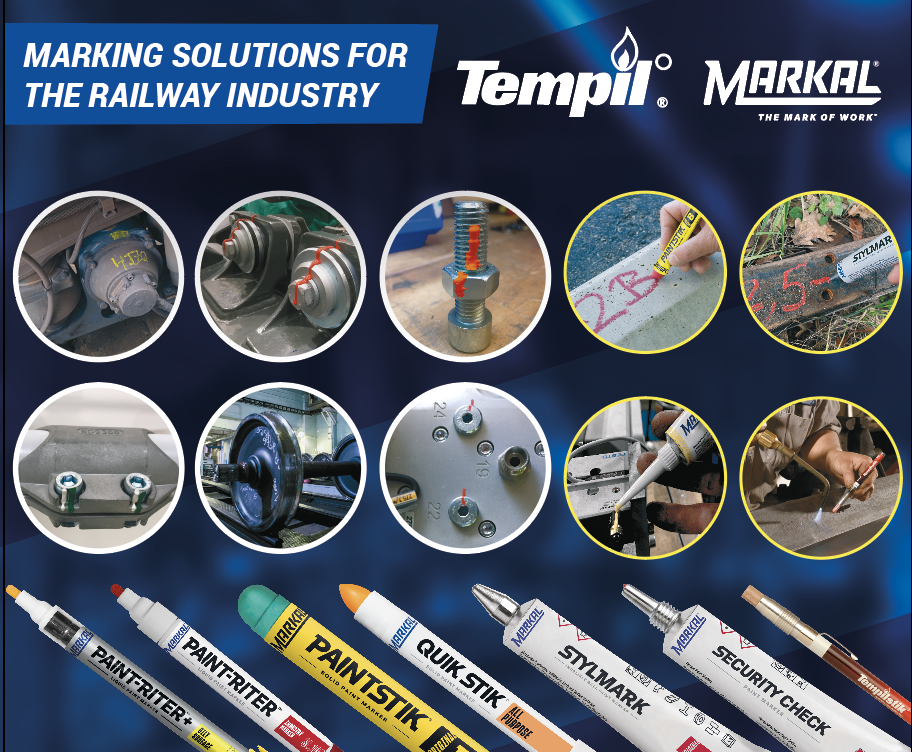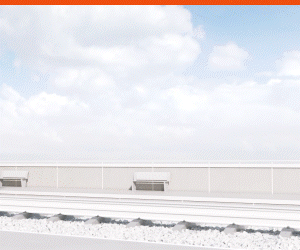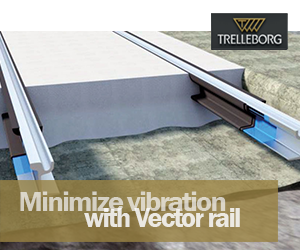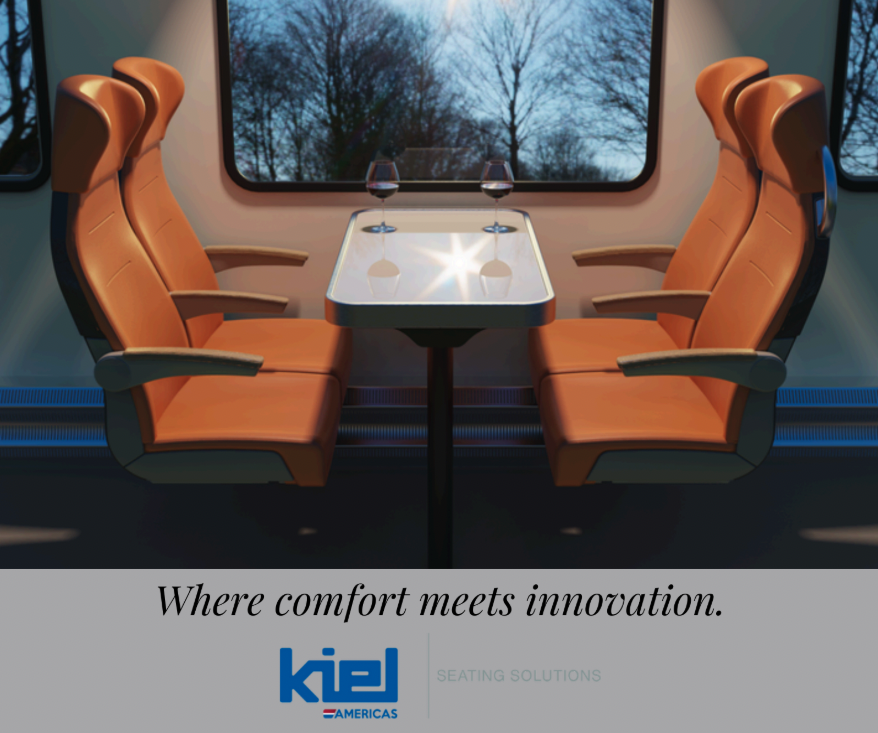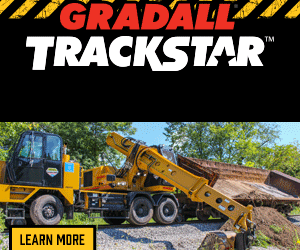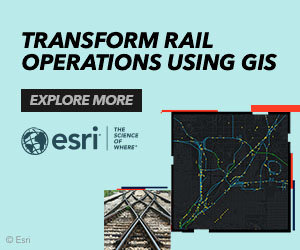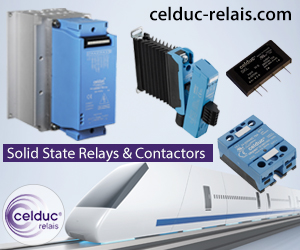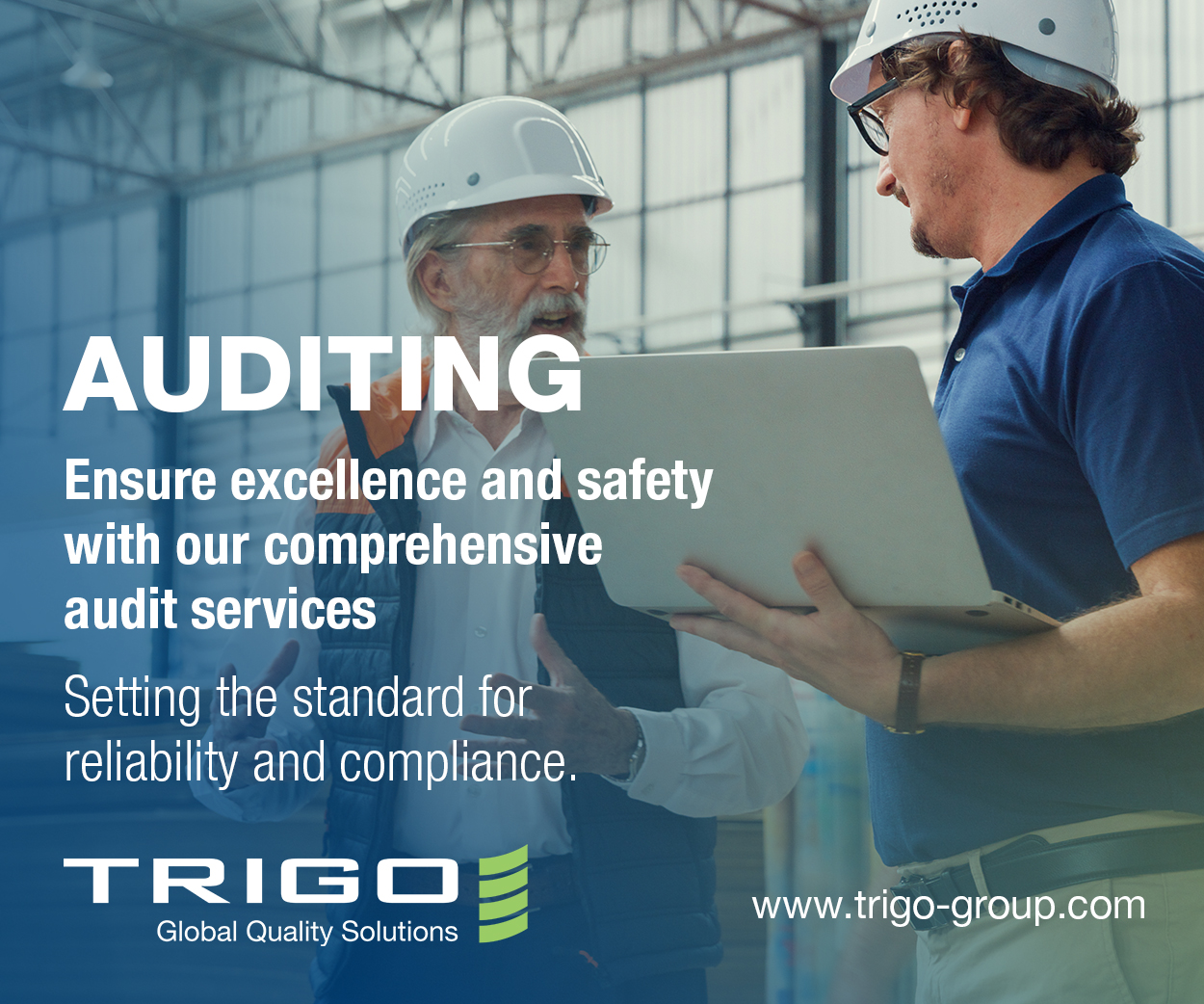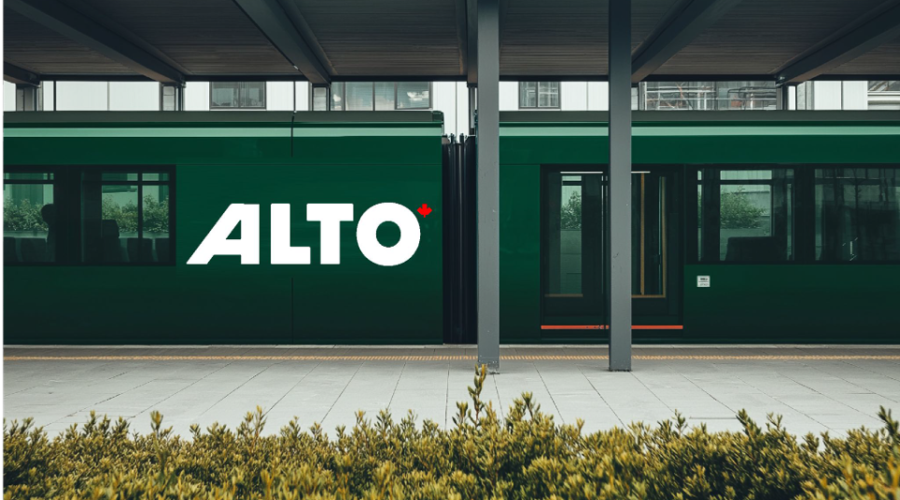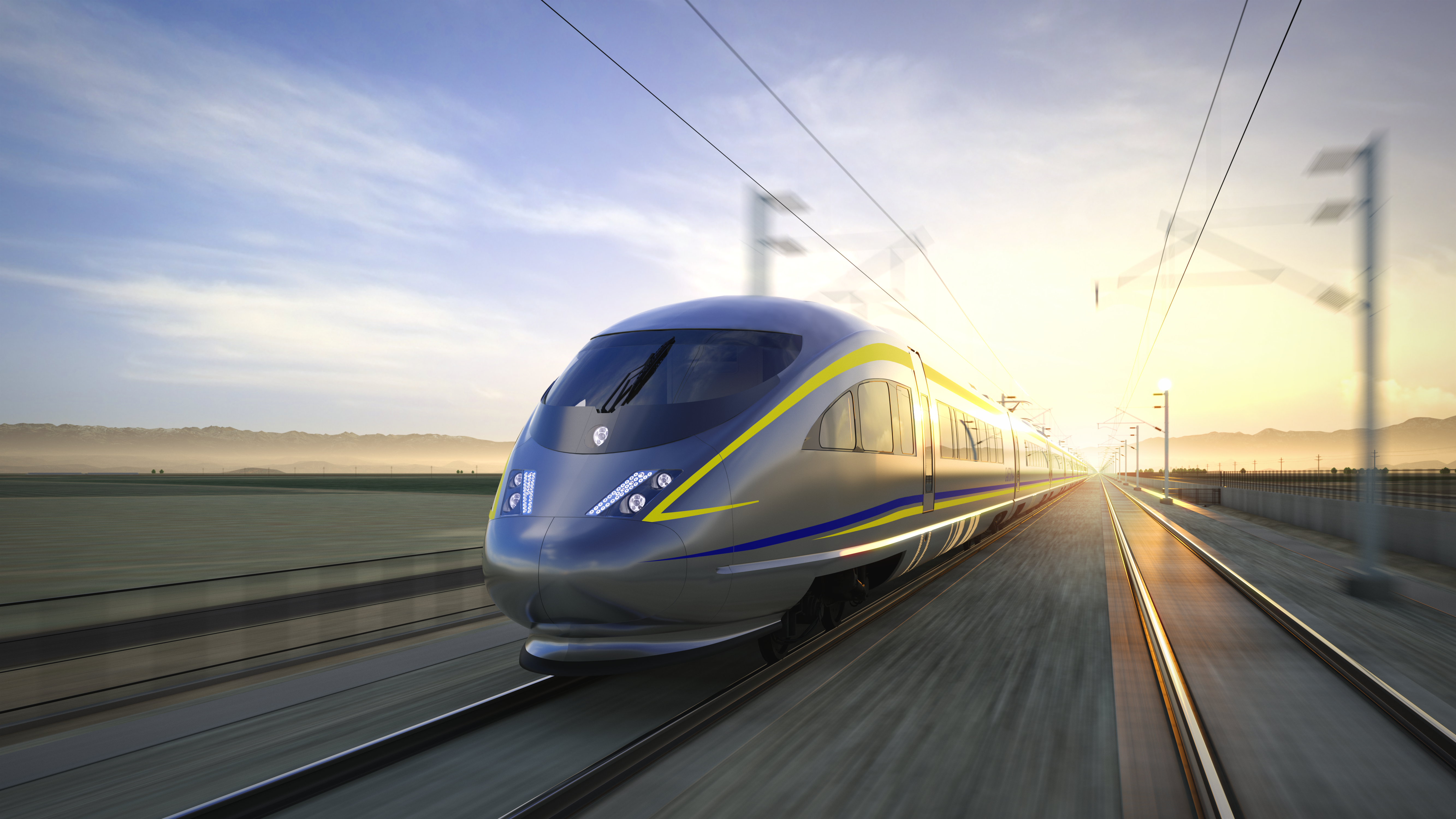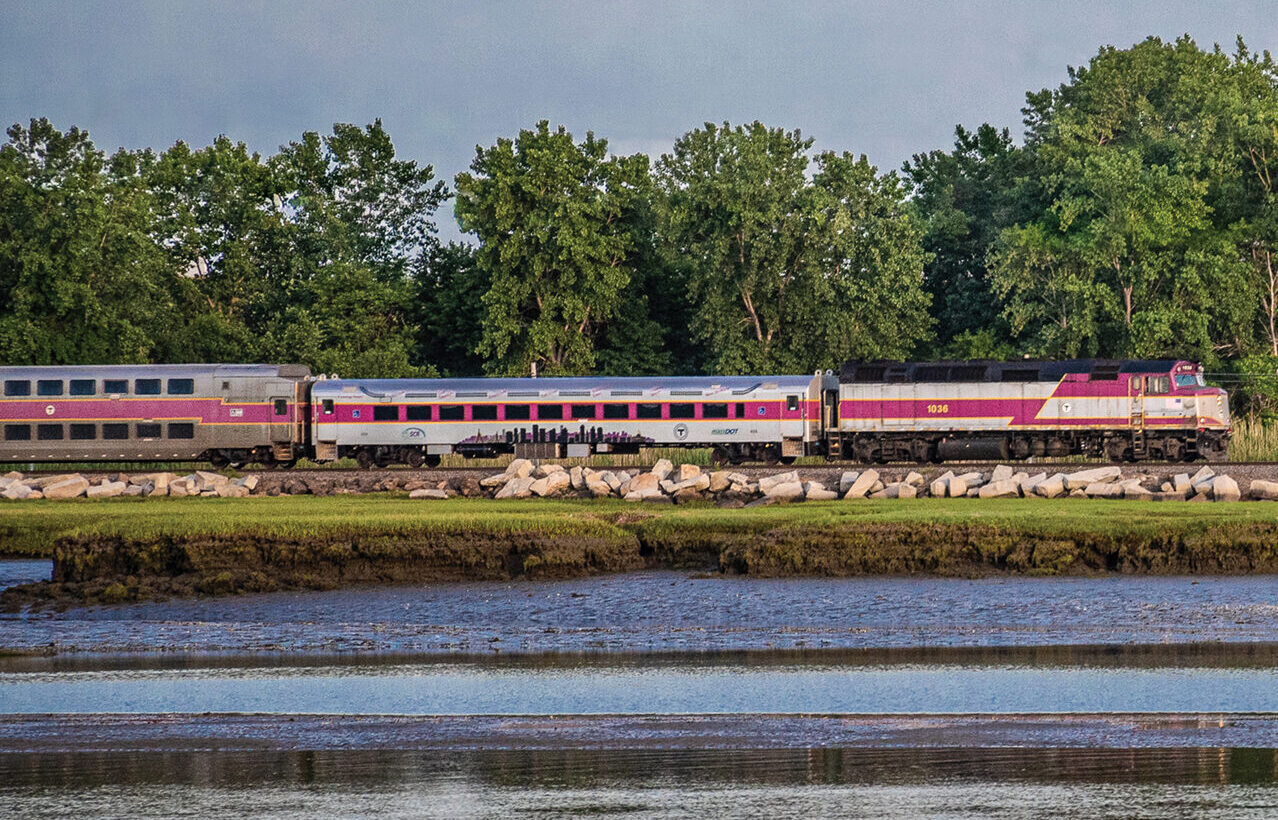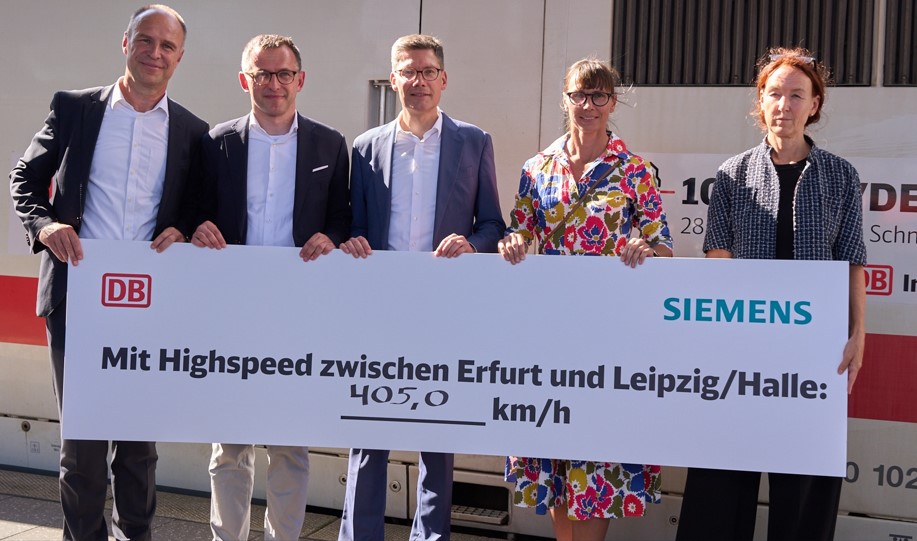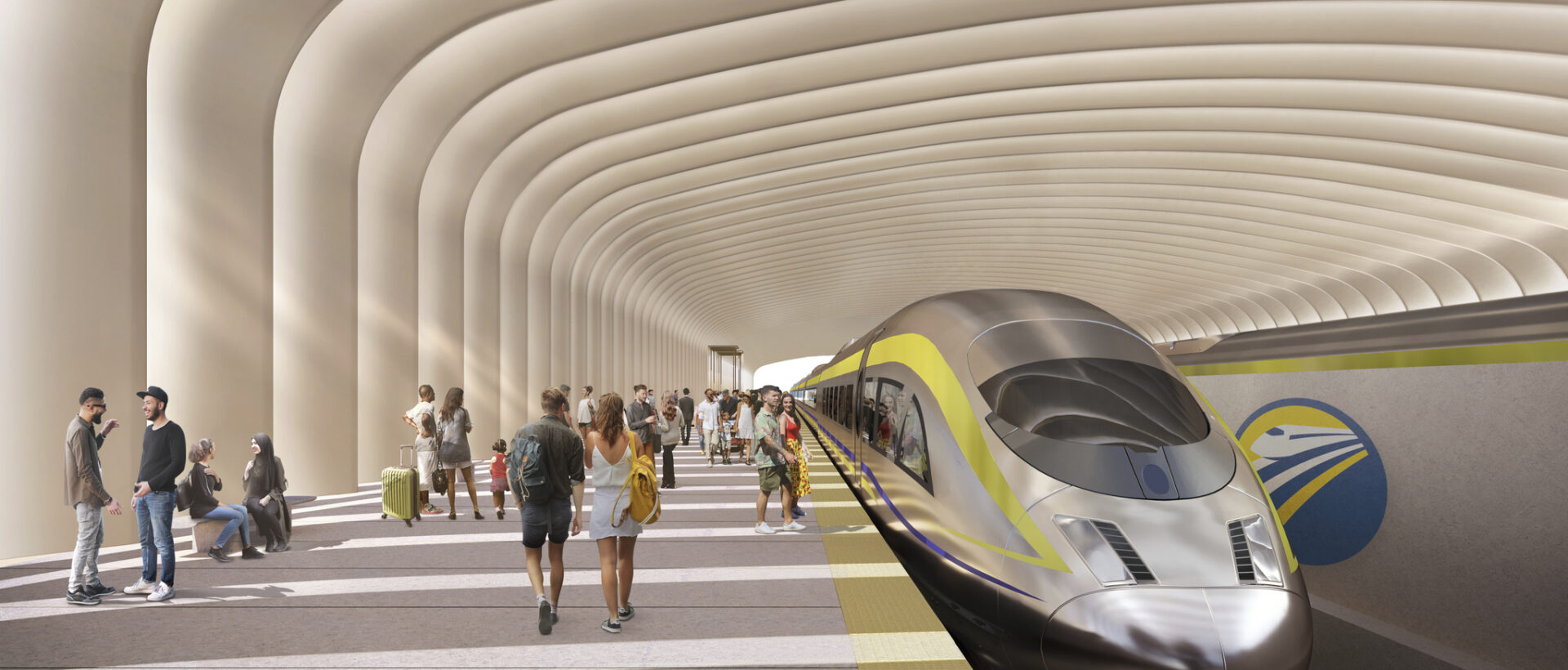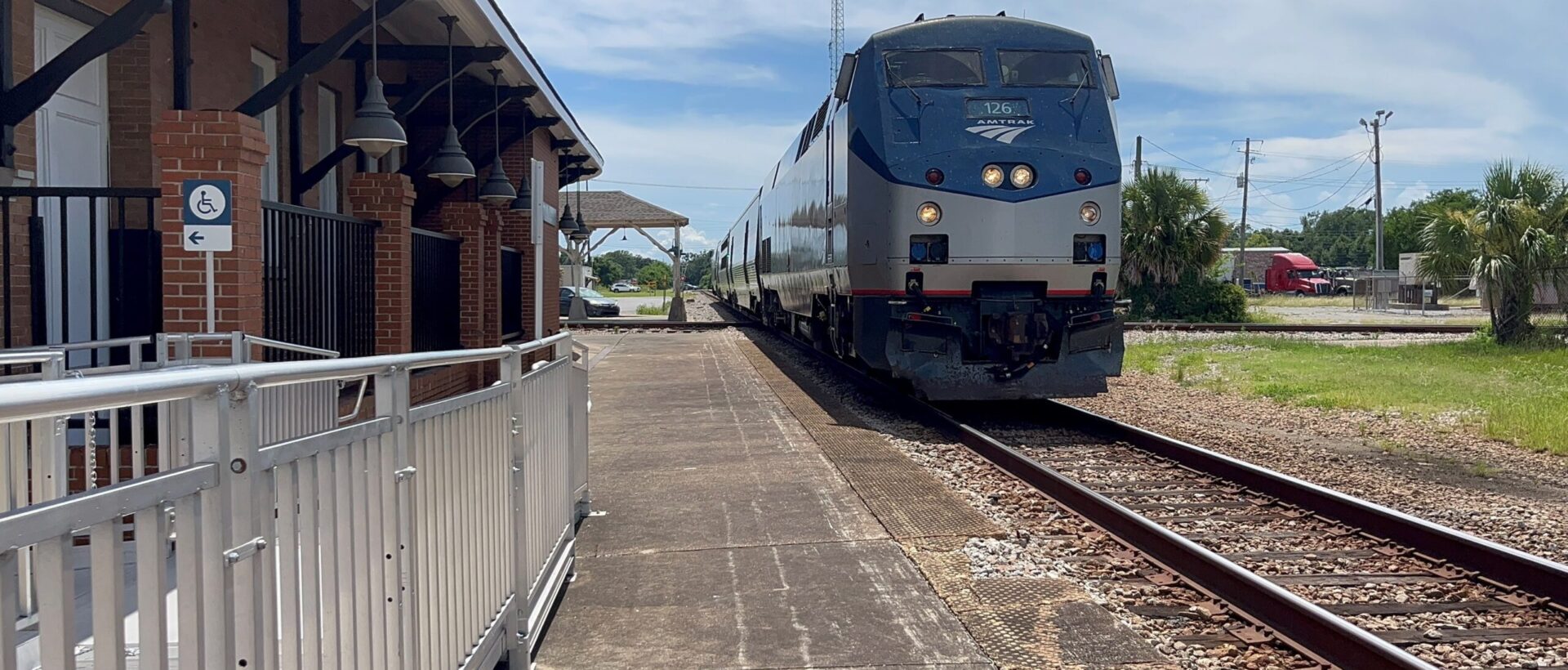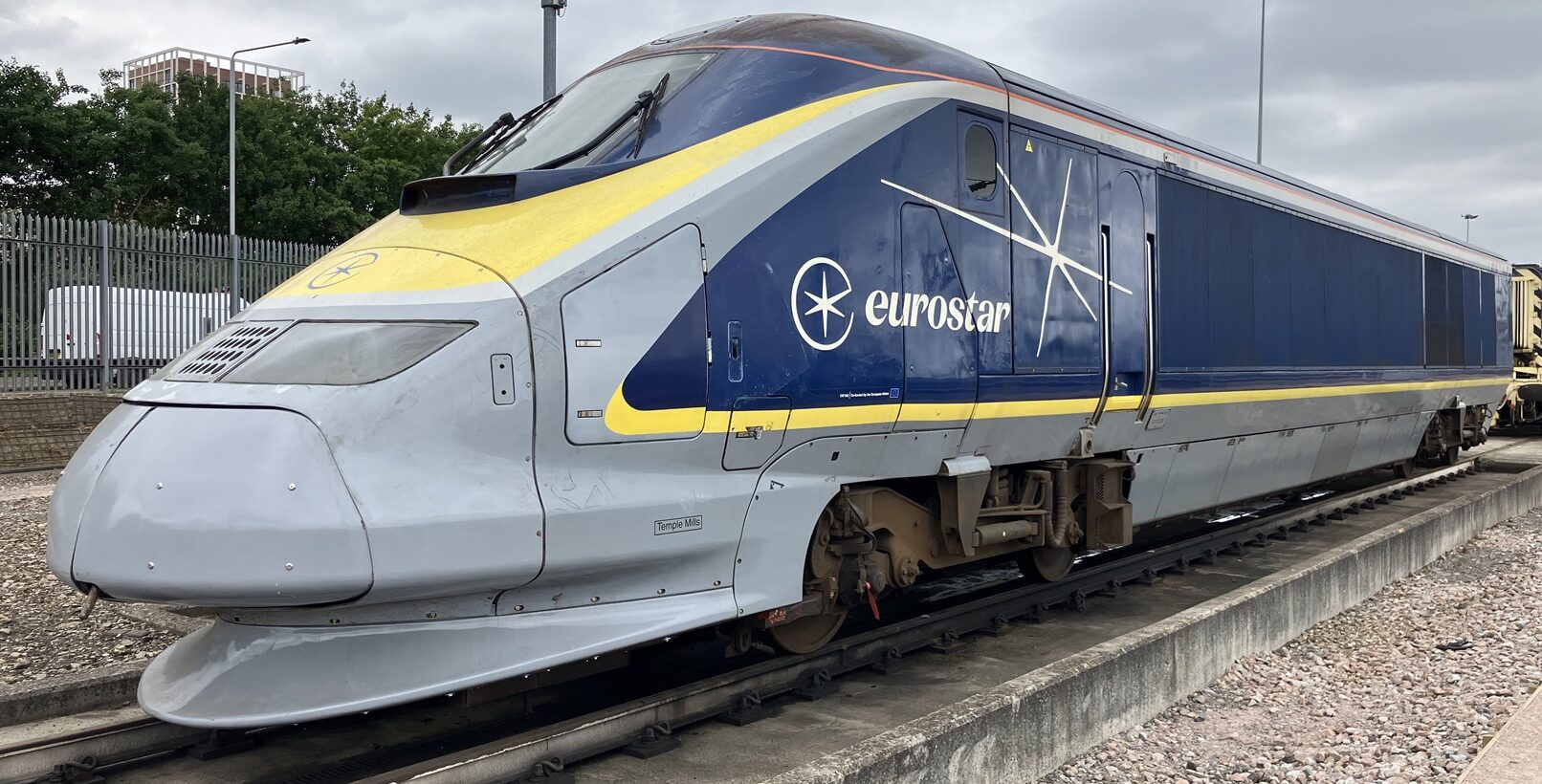After decades of underinvestment, the United States is now inching closer to developing high-speed rail networks. Yet, with billions of dollars being invested in ambitious projects from California to the Northeast, it calls into question whether the rolling stock manufacturing sector is ready to deliver.
Compared to global high-speed rail markets, inconsistent funding and political uncertainty have arguably left domestic train manufacturing capacity in the US underdeveloped. With limited experience in producing true high-speed rolling stock for the US, are manufacturers now ready to meet the scale, speed, and technical demands required to bring high-speed rail to North America?
This topic was explored at the recent APTA High-Speed Rail Seminar, which was held in San Francisco, California. Here, speakers from global companies shared innovations and examples of vehicle technology that are helping to accelerate the growth of passenger rail across the country, paving the way for a stable supply chain and enhanced rail services.
Alstom
Alstom currently employs around 4,000 people in the US. Through its subsidiaries, it has been operating in the US for 160 years. Scott Sherin, US Chief Commercial Officer at Alstom, thus asserted that the company has considerable expertise and a deep understanding of US requirements.
This understanding is arguably crucial, as technology that works overseas cannot always be seamlessly transferred to the US, where the infrastructure is different. Indeed, Sherin noted that even new infrastructure in California can be significantly different to older systems in New York.
Adding to this complexity are the unique maintenance practices in the US. Sherin pointed out that, unlike Europe and other regions, the US often underfunds infrastructure upkeep, resulting in inconsistent maintenance regimes. These realities must be factored into the design and delivery of new high-speed rolling stock.
Globally, Alstom has introduced high-speed trains in 26 different countries, including the US, with the original Acela reaching maximum speeds of 150 mph. The NextGen Acela is soon set to surpass this, with a top speed of 160 mph.
However, Sherin acknowledged that the rollout of the NextGen Acela trains on Amtrak’s Northeast Corridor is taking longer than originally anticipated, thus highlighting the inherent complexity of introducing high-speed rail systems to the US market.
He noted that certification and training in a new country, even when you’ve done it successfully in 25 others, always takes time due to the nuanced demands of the regulatory and operational context. He stated that the ultimate goal is to establish a repeatable model for future high-speed rail projects across the US.
Sherin stated:If we truly want to bring high-speed rail to this country, we need a repeatable formula that can be applied consistently, something that’s both scalable and understood across the industry.
In addition, Sherin argued that for high-speed rail to succeed, the US needs to maintain a consistent supply chain. In making the NextGen Acela trains, Alstom has over 200 suppliers across 30 different states. These suppliers have built an active US supply chain for high-speed rail in America. The challenge now remains to secure more funding and get more high-speed rail contracts awarded so that work remains available for these suppliers, who will otherwise leave.
Siemens Mobility
Christoph Seffrin, Head of High Speed US at Siemens Mobility, presented the American Pioneer 220, which aims to be the first true high-speed rail solution in the US. These zero-emission trains will travel at 220 mph to connect Los Angeles and Las Vegas on the Brightline West network.
In times when costs are drastically increasing, Seffrin explained that Siemens is leveraging digital twins to implement new technologies, so that fewer solutions have to be bought and tested at early stages. This approach is aiding Siemens in bringing modern, high-speed trains to the US within reasonable funding constraints.
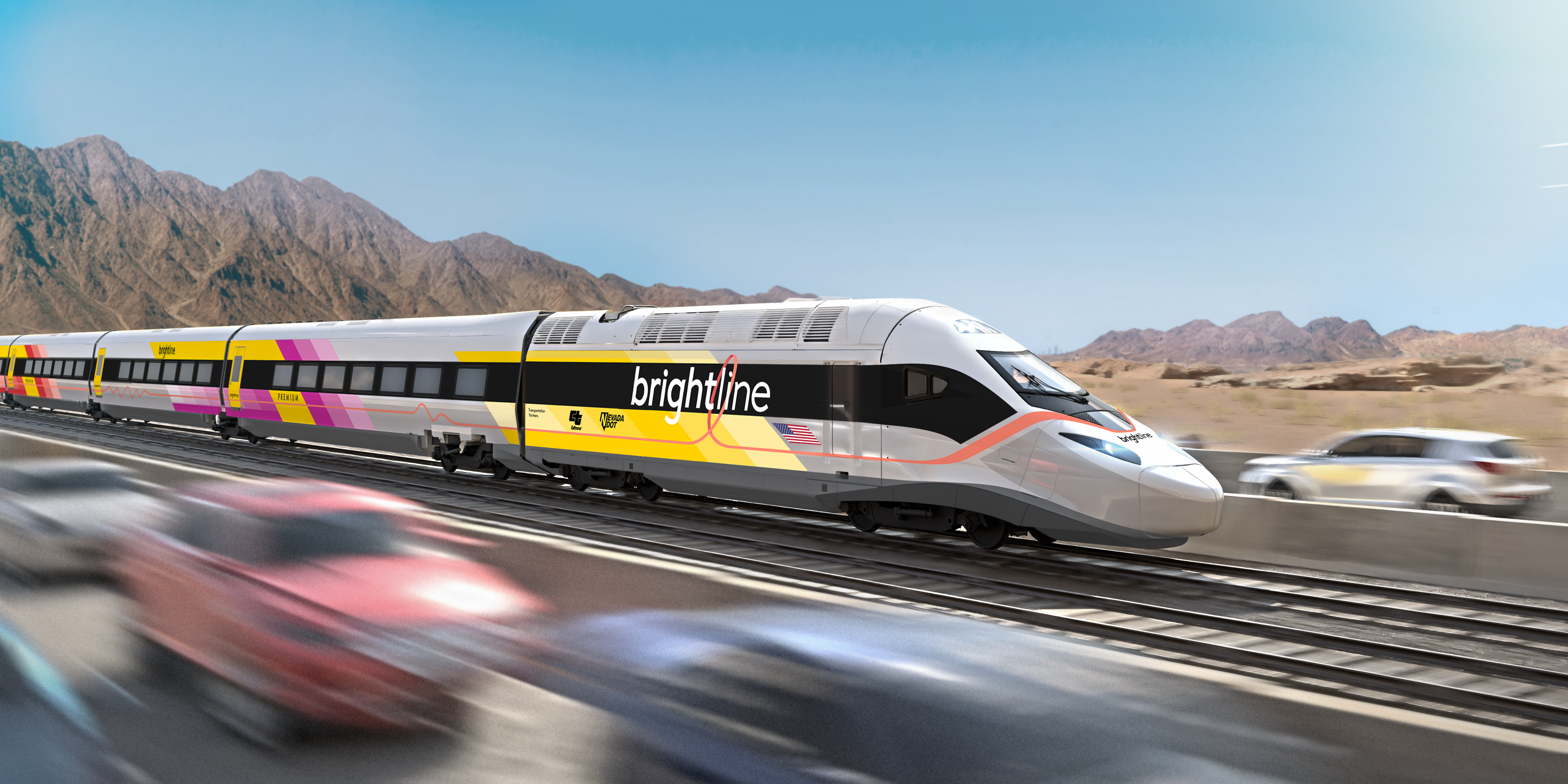
However, to fulfil its order and to manufacture this crucial rolling stock in the US, Seffrin echoed the need for a stable domestic supply chain.
Christoph Seffrin, Head of High Speed US, Siemens Mobility said:Siemens has a proven record in Europe and we're trying to bring it here to the United States, with trains built in America. But in the times we are seeing right now, we need a stable environment, especially for suppliers. Otherwise, we see a huge decrease in quality and on-time delivery in the supply chain.
Siemens’ broader ambition, Seffrin emphasised, is not only to deliver high-speed trains, but to help transform the entire passenger rail ecosystem in the US. This includes offering modular, flexible rolling stock that surpasses ADA requirements and rises to the demands of evolving technology standards and shifting customer expectations.
He pointed to the staggering societal cost of traffic congestion, with 8.8 billion hours wasted annually in the US, costing the economy 166 billion USD. He argued that high-speed rail must be part of the solution, but for that to happen, the industry needs to move from vision to execution.
Stadler
Alongside delivering high-speed trains, the APTA seminar repeatedly reinforced that for services to be successful, they must be seamlessly integrated into wider, efficient transport networks. To realise this vision, Martin Ritter, President & CEO at Stadler US, spoke of the manufacturer’s ability to supply modern regional and urban trains that will ensure a consistent transfer experience from high-speed services.
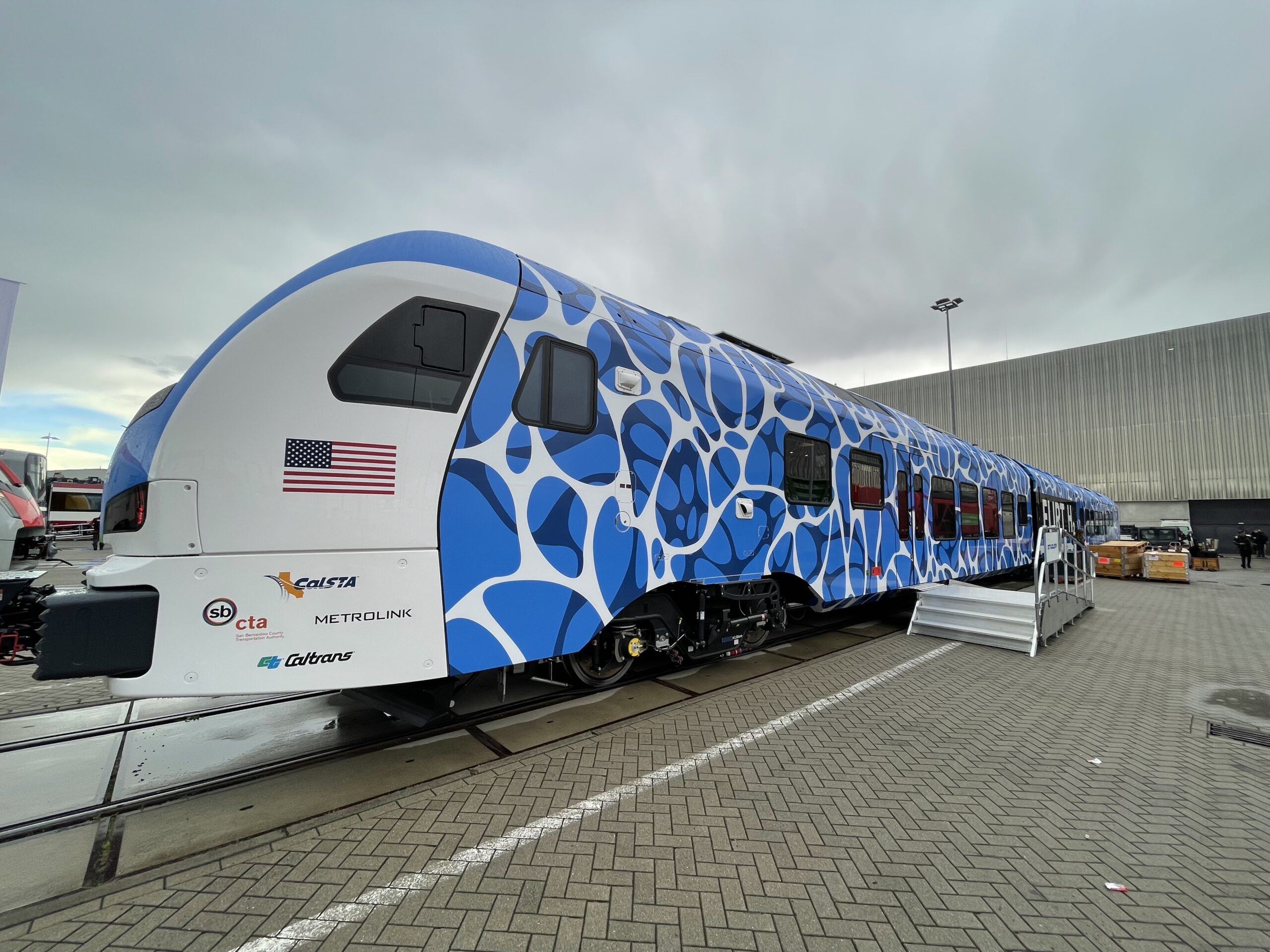
Although based in Europe, Stadler also operates a US rolling stock facility in Salt Lake City, Utah. In the US, the company is known for its FLIRT single-level multiple-unit trains, which can be powered by electric, diesel, hydrogen, or battery propulsion. In addition, Stadler supplies double-decker KISS trains, such as those used on Caltrain’s newly electrified route. In urban rail, it has also been contracted to supply 127 two-car metro trains in Atlanta.
With these trains, Stadler is tailoring proven, European technologies for the US to support the nation’s rail networks.
Martin Ritter, President & CEO at Stadler US said:Wherever there is high-speed rail, there is also a need to serve a wider network. We are therefore offering products with different propulsion systems to serve these needs.
Deploying High-Speed Trains
Manufacturers like Alstom, Siemens, and Stadler are thus demonstrating that the expertise and technology to deliver US high-speed rail are within reach. However, sustained political will, long-term funding, and coordinated planning are essential to ensure these capabilities are maintained. Without this continuity, emerging supply chains will dissolve before they can truly scale.
To avoid this collapse, the speakers argued that the US rail industry needs to focus on integrating and scaling proven technologies, rather than repeatedly aspiring for new innovation.
Scott Sherin, US Chief Commercial Officer at Alstom said:Why are people talking about innovation, when what we really need to be talking about is getting proven technology on the tracks? You can talk about Hyperloop or about what's next in technology, but we'll lose our policymakers by always aspiring for the shiny new thing.
I've learnt that you don't lead with new technology in rail; you lead with new technology in automotive. Rail never has the volume to wring out the kinks in new technology.
Overall, the discussion highlighted that the momentum behind high-speed rail in the United States is real, but fragile. As demonstrated by Alstom, Siemens, and Stadler, manufacturers are capable of delivering the vehicles needed for these transformative projects, but they need consistency: consistent funding, consistent policy, and a long-term vision that recognises rail as critical national infrastructure.
Rolling stock manufacturers are arguably ready. What remains uncertain is whether the broader political and economic environment will support sustained industrial growth. High-speed rail cannot be delivered by manufacturers alone; it depends on an ecosystem of public-private coordination, regulatory clarity, and a commitment to scale up what works.
Read more from the APTA High-Speed Rail Seminar:
- US High-Speed Rail: The Missed Train — and the One We Still Can Catch
- San Francisco Bay Area Readies for California High-Speed Rail
- Will Canada’s High-Speed Alto Service Compete with VIA Rail?

